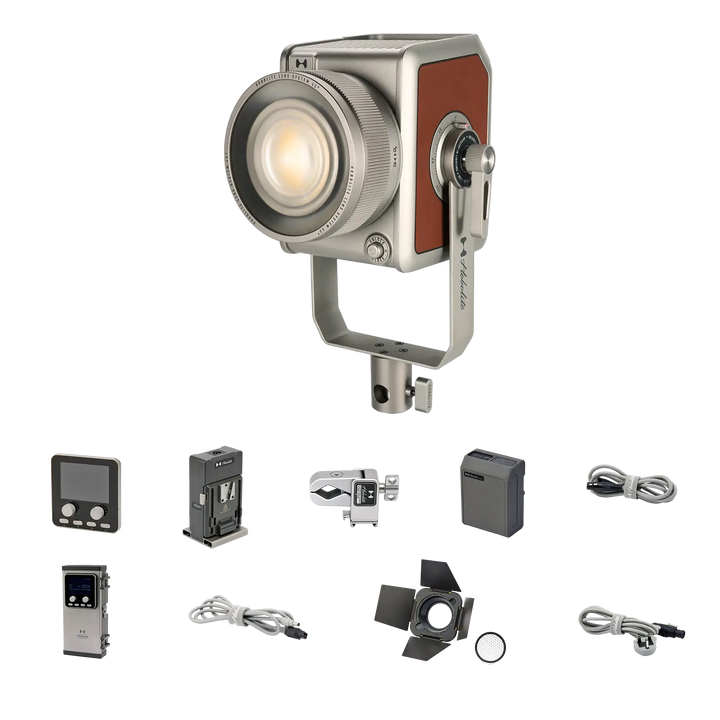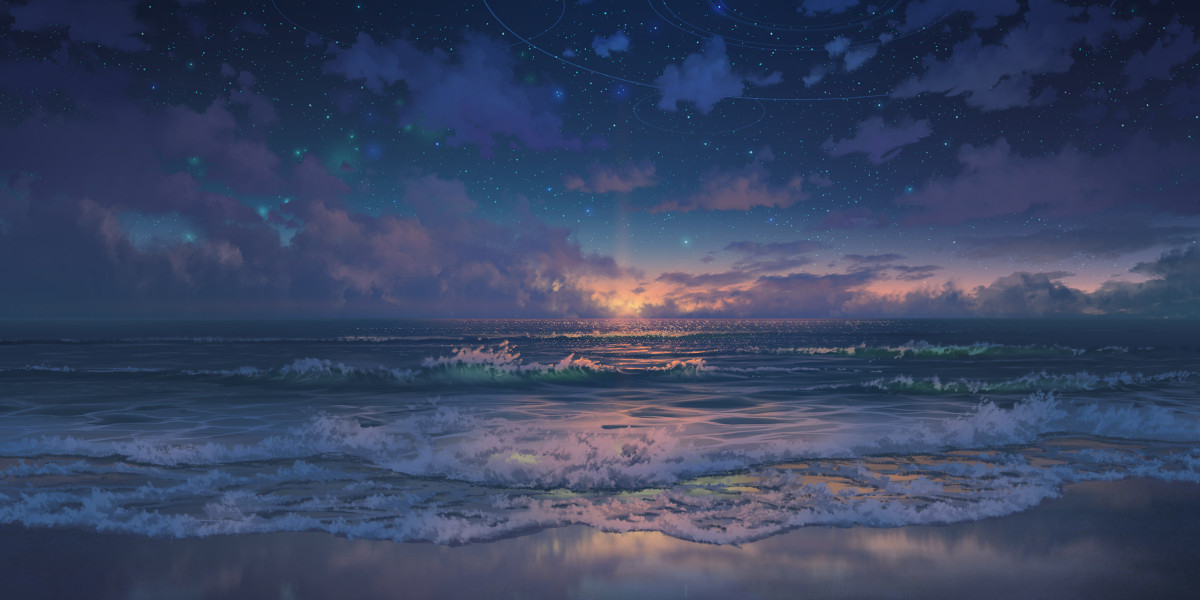Unlock the Secrets of Studio Lighting: Transform Your Photography Today!
Studio lighting is a crucial aspect of photography that can significantly enhance the quality of your images. Proper lighting not only illuminates your subject but also sets the mood, creates depth, and directs the viewer's attention. Whether you are a budding photographer or an experienced professional, understanding the various types of studio lights and their applications can elevate your work to new heights. In this article, we will explore the different types of studio lights available, including continuous lights, flash lights, softboxes, umbrellas, and LED lights, and discuss how each can be utilized to achieve stunning photographic results.

Understanding Studio Lighting
Studio lighting refers to the controlled lighting setup used in photography studios to create the desired ambiance and focus. It plays a vital role in shaping the overall look and feel of your images. The right lighting can highlight textures, define shapes, and create compelling contrasts, ultimately influencing the viewer's perception of the photograph. For instance, dramatic shadows can evoke a sense of mystery, while soft, diffused light can create a feeling of calmness and tranquility. In a controlled environment, photographers can manipulate lighting to achieve a wide array of effects, ensuring that they capture their subject in the best possible light.
Types of Studio Lights
There are several types of studio lights used in photography, each offering unique advantages and applications. Understanding these different types will help you make informed decisions about your lighting setup. Let's delve into the most common studio lights you'll encounter:
Continuous Lights
Continuous lights are a popular choice among photographers due to their straightforward usability. These lights emit a constant flow of light, allowing photographers to see how the light interacts with their subject in real-time. This feature makes continuous lights particularly beneficial for beginners who are still learning the nuances of lighting. One of my friends, a novice photographer, shared how switching to continuous lights helped her tremendously during her portrait sessions. She could easily adjust the light's position and intensity, leading to more flattering results for her subjects. Continuous lights are versatile and can be used for various applications, from portrait photography to product shoots.
Flash Lights
Flash lights, or strobe lights, are another essential type of studio lighting. Unlike continuous lights, flash lights provide a brief burst of intense light, perfect for freezing motion and capturing sharp images. They are particularly favored in scenarios where high power is needed, such as fashion photography or sports events. A fellow photographer once told me about a thrilling experience shooting a fast-paced dance performance using flash lights. The ability to freeze the dancers' movements allowed him to capture the energy of the performance beautifully. Flash lights can also be combined with various modifiers to soften or shape the light, offering even more creative possibilities.
Softboxes and Umbrellas
Softboxes and umbrellas are essential tools for diffusing light and creating softer shadows. Softboxes are enclosed fixtures that soften the light emitted by a bulb, providing an even distribution of light that reduces harsh contrasts. They are particularly useful for portrait photography, where even skin tones are desired. Umbrellas work similarly by reflecting and diffusing the light, creating a broader light source. I recall a time when a friend used an umbrella in her product photography session, which resulted in beautifully balanced highlights and shadows that made the products pop. Both softboxes and umbrellas are invaluable for achieving a professional look in your images.
LED Lights
In recent years, LED lights have surged in popularity among photographers for their energy efficiency and versatility. These lights produce minimal heat, making them comfortable to work with for long periods. Additionally, LED lights come in various color temperatures and can often be adjusted to create warm or cool lighting effects. A friend who specializes in video production swears by LED lights because they allow for seamless transitions between photography and videography. The longevity of LED lights means less frequent replacements, making them a cost-effective option for photographers who frequently update their gear.
Choosing the Right Studio Light for Your Needs
When selecting the appropriate type of studio light, it's essential to consider your specific photography style and the environment in which you'll be shooting. For instance, if you're primarily doing portrait photography, a combination of softboxes and continuous lights may be ideal for achieving soft, flattering light. Alternatively, if you're shooting action-packed events or sports, flash lights would be more advantageous due to their ability to freeze motion. Also, think about the size of your studio or shooting area; larger spaces may benefit from multiple light sources, while smaller areas may require more compact options. Ultimately, experimentation is key—trying out different lights will help you discover the best setup for your creative vision.
Maximizing Your Photography with the Right Lighting
In conclusion, understanding the various types of studio lights and their uses is fundamental to enhancing your photography skills. Each type of light serves a unique purpose, and knowing when and how to use them can make a significant difference in your results. Whether you're aiming for soft, diffused light or sharp, dramatic contrasts, the right lighting can transform your images into captivating works of art. I encourage you to experiment with different lighting setups, as this will not only improve your technical skills but also help you find your unique photographic style. Remember, great photography is not just about the camera you use; it's also about how you illuminate your subject.












